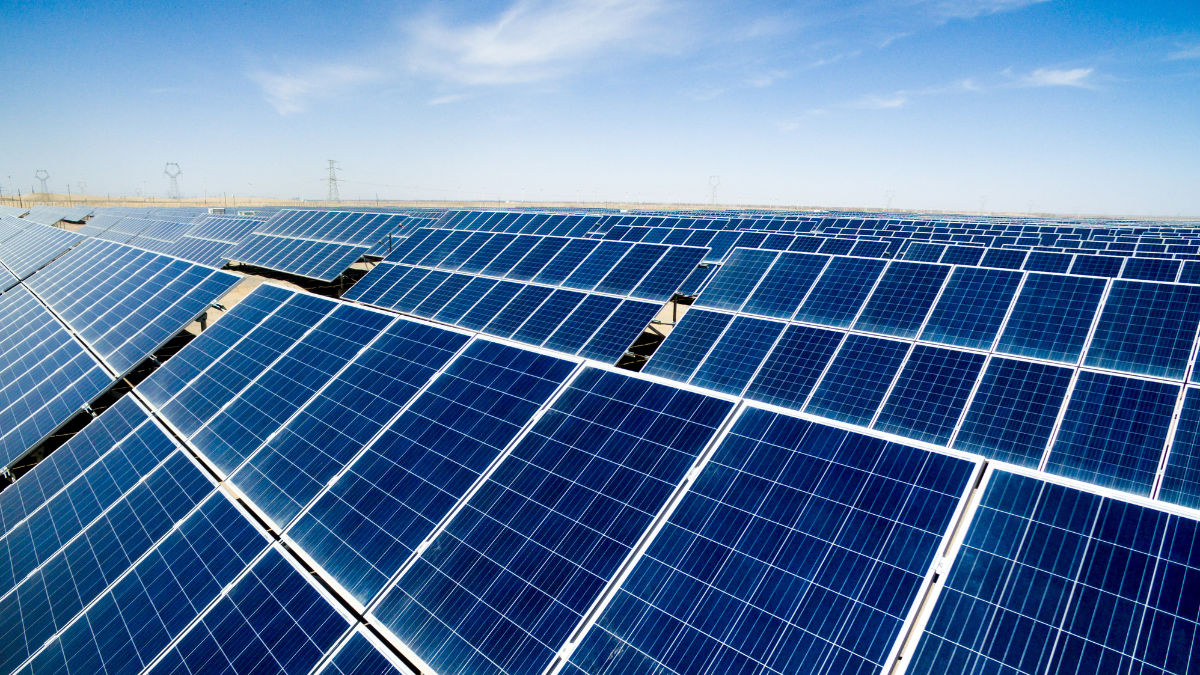The craze for solar energy has heightened greatly due to its too-good-to-be-true benefits and minimal carbon footprint. It has also saved utility bills and helped society grow by making the supply of electricity to businesses and industries possible without paying hefty bills and taxes. The invention of DCR And Non-DCR solar PV panels has made the use of eco-friendly electricity more affordable and widespread.
There are different types of solar panels, like mono PERC half-cut solar panels, monocrystalline panels, polycrystalline panels, bifacial panels, and many more. Solar PV panels come in different varieties to be used according to needs or climate conditions. Modern technology has evolved the science behind solar panels and introduced DCR and non-DCR solar PV panel technology. This blog will discuss the difference between DCR and non-DCR solar PV panels.
What Are Solar PV Panels?
Solar PV panels, also known as solar photovoltaic panels, are devices that convert sunlight into electricity. They are made up of multiple solar cells, which are typically made of silicon. When sunlight hits these cells, it excites the electrons and generates a flow of electricity. The electricity produced by solar PV panels can be used to power various devices and appliances, or it can be stored in batteries for later use.
Solar PV panels generate clean and renewable energy that helps reduce reliance on fossil fuels and lower carbon emissions. They are commonly used in residential, commercial, and utility-scale applications to generate electricity from the sun’s energy.
DCR And Non-DCR Panels
Let us understand the difference between the DCR and non-DCR PV panels in a brief manner so that you can make an informed decision on which PV panel will be perfect for your residential, commercial or industrial setting.
DCR Solar PV Panels
DCR solar PV panels, short for Domestic Content Requirement solar PV panels, are solar panels that meet the criteria set by the Domestic Content Requirement policy. This policy stipulates that a certain proportion of the solar panels used in a project must be manufactured domestically, within the same country where the project is taking place.
A. The purpose of implementing DCR is to promote local manufacturing and create employment opportunities within the solar industry. The specific requirements for DCR solar PV panels can vary from country to country.
B. It may involve sourcing a certain percentage of the components, such as cells or modules, from local manufacturers. The intention behind this policy is to support the growth of the domestic solar industry, reduce reliance on imported solar panels, and boost the local economy.
C. It’s important to note that DCR solar PV panels may come at a higher cost compared to non-DCR panels due to domestic manufacturing requirements.
Non-DCR Solar PV Panels
Non-DCR solar PV panels, also known as Non-Domestic Content Requirement PV panels, do not need to meet the criteria of the Domestic Content Requirement policy. They can be sourced from manufacturers worldwide without any specific requirements for domestic manufacturing.
A. Non-DCR panels are typically more widely available in the global market and may offer a broader range of options in terms of technology, efficiency, and price. They are not subject to the restrictions or preferences associated with domestic manufacturing, allowing for more flexibility in choosing the most suitable solar panels for a project.
B. Since non-DCR panels are not bound by domestic manufacturing requirements, they may be more cost-effective and readily available compared to DCR panels. They are widely used in various solar projects, including residential, commercial, and utility-scale installations.
When considering non-DCR PV panels, it’s important to evaluate factors such as quality, performance, warranty, and the reputation of the manufacturer. Working with a reputable solar professional or installer can help ensure that you select reliable and high-quality non-DCR panels that meet your specific energy needs.
Conclusion
When deciding between DCR and non-DCR panels, there are a few things to consider. One important factor is the cost. DCR panels might be more expensive due to the local manufacturing requirements. Availability is another consideration, as non-DCR panels might be more readily accessible in the market. Additionally, you’ll want to check the local regulations and any specific project requirements or incentives that might be tied to using DCR panels.
To make the best decision for your situation, it can be helpful to consult with a solar professional or installer. They can provide guidance based on your specific needs and help you determine which type of panel is the most suitable for your project. Inter Solar Systems provide both DCR and non-DCR PV panels with 27 years of industrial experience as we offer ALMM and BIS-approved products and are also approved in major government tenders.

